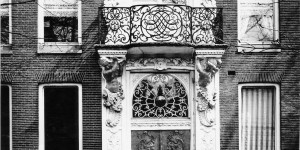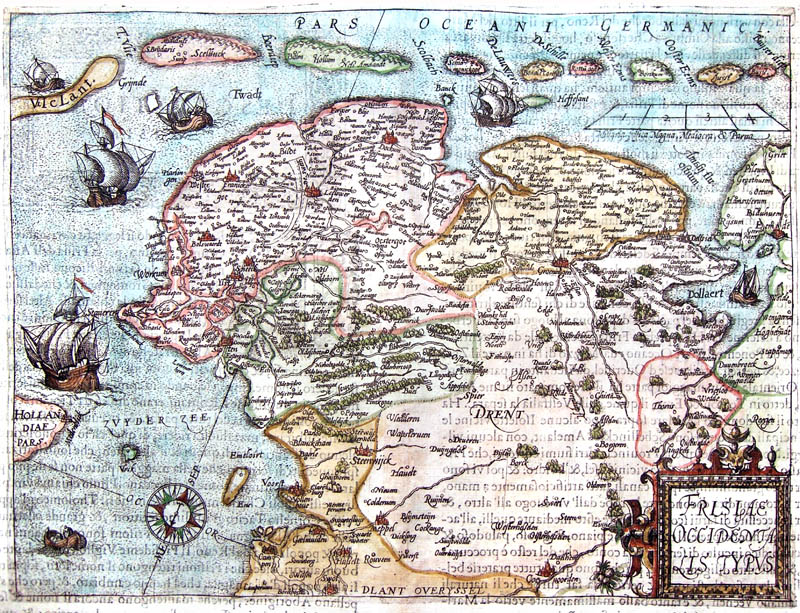[:nl]
The Golden Age had a seamier side in the shapes of slave trade and slavery. That was also true for the city of Groningen, that established its own chamber of the West-Indische Compagnie with a ship yard at the Noorderhaven [North Harbor]. From here ships sailed to the coasts of Africa to buy enslaved Africans, ship them across the Atlantic and return with colonial wares.
Prominent citizens of Groningen invested in this lucrative trade and in plantations in Suriname and the Antilles. After the abolishment of slavery in 1863 not the enslaved but their owners were compensated financially for their loss of ‘property’.
This equally dramatic and profitable era did not remain limited to the Dutch overseas terrritories; it can be traced in Dutch society to the present day. Traces of the colonial past and of the slavery that accompanied it are linked to the locations you can find walking the city or taking one of the four bike tours in the province. In that respect you will be drawn into an as yet unfamiliar historical past. Afterwards you will never again experience Groningen and its surroundings areas in the same way.
The four maps below highlight ‘Golden Age’ heritage throughout the province of Groningen. In addition to these cycling tours, you can do a substantial walking tour in the city of Groningen itself. Curious about slavery heritage in other regions? Take a look at our overview of maps.
[:]




